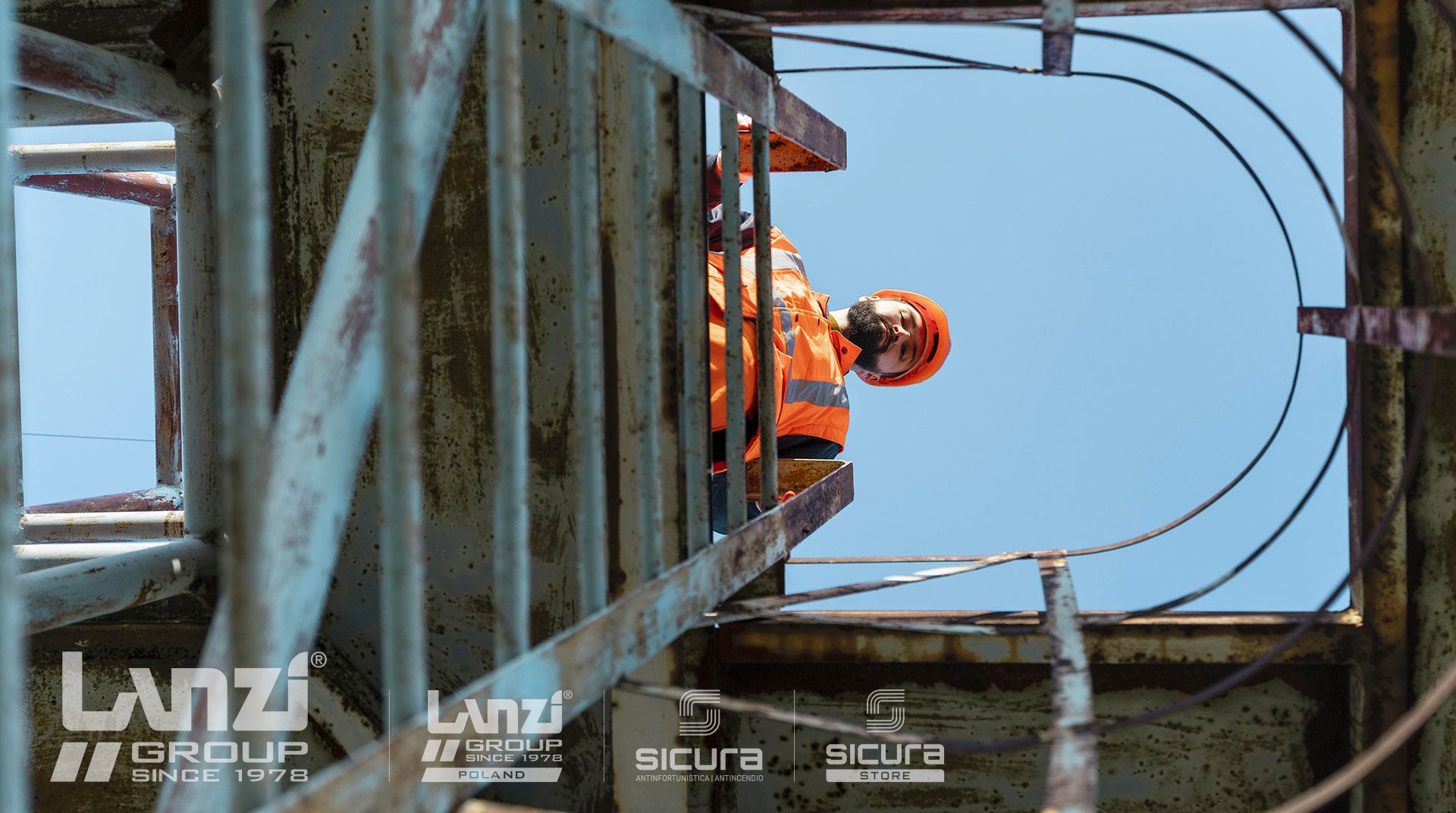
Working in confined spaces or environments susceptible to pollution entails major risks and leaves no room for improvisation. Conditions can become hazardous in a matter of seconds in these settings, and rapid intervention can make the difference between a safe operation and a serious accident.
This is the reason why the legislator has established mandatory, structured training programmes, with the aim of protecting people working in critical conditions and ensuring that companies comply with the applicable regulations.
Confined spaces are enclosed or partially enclosed spaces posing specific risks to those working inside: for example, tanks, vats, silos, ducts, pits, underground chambers, conduits, wells, non-ventilated tunnels, etc.
In such places, air exchange may be insufficient, there may be dangerous concentrations of gas, insufficient oxygen, risk of ignition, build-up of toxic substances, no means of rapid evacuation, difficulties in rescue operations.
For this reason, the regulations previously in force (in particular Italian Presidential Decree DPR 177/2011) already provided for specific measures in terms of information, training, operating procedures, surveillance and access permits.
The new State-Regions Agreement was signed on 17 April 2025 and came into force on 24 May 2025. It was published in Official Gazette no. 119. The Agreement addresses the issue of workers operating in confined spaces and specifies new training modalities.
The new agreement provides for a training programme for workers, employers and self-employed persons working in environments susceptible to pollution or in confined spaces in accordance with Article 2(d) of Presidential Decree 177/2011.
In particular, training requirements for work confined spaces have now become more stringent than previously, with a greater emphasis on practical aspects:
The new Agreement introduces the concept of training effectiveness assessment, i.e., final tests conducted to make sure that participants have acquired the required knowledge and skills.
Training providers offering courses on hazardous environments and confined spaces — as well as safety courses in general — must meet appropriate logistical, organisational, and technical requirements. Instructors must also have qualifications consistent with the subjects they teach.
Each Region, through implementation measures, may establish additional requirements for training providers operating locally.
A transitional period is envisaged until 24 May 2026. During this time, courses may be launched according to the provisions set out in previous agreements. However, training providers and courses must later be brought into line with the new provisions.
Training requirements for confined spaces must be completed by 23 May 2026, i.e., within 12 months of the end of the transition period, pursuant to the terms of the new Agreement.
As for courses already completed, each company shall ascertain whether they were compliant. If they were, they will be recognised, and refresher courses will be scheduled based on the date of the certificate. Otherwise, they will have to be expanded or redone from scratch.
Those who fail to comply within the deadline risk operating in breach of the regulations and may face sanctions by Supervisory Bodies. Furthermore, if previous training is not compliant, employees may lose their qualification and have to repeat the entire course.
Failure to comply may expose the company to legal risks and penalties, in particular in the event of an accident in a hazardous environment or in a confined space.
In a high-risk environment such as polluted environments and confined spaces, training is not an option. It is an essential requirement to ensure people's safety and a company's compliance with regulations. The new State-Regions Agreement sets clear deadlines and requirements. Achieving compliance by 23 May 2026 is not only a legal necessity: it is an act of responsibility to the workers and the organisation.